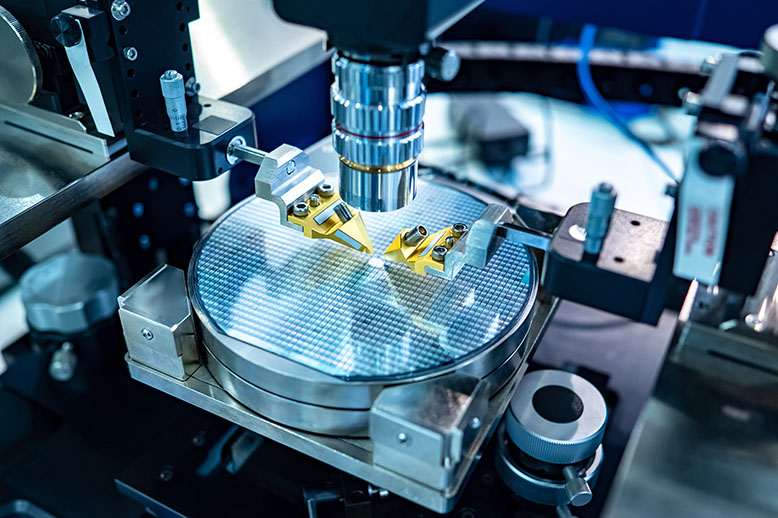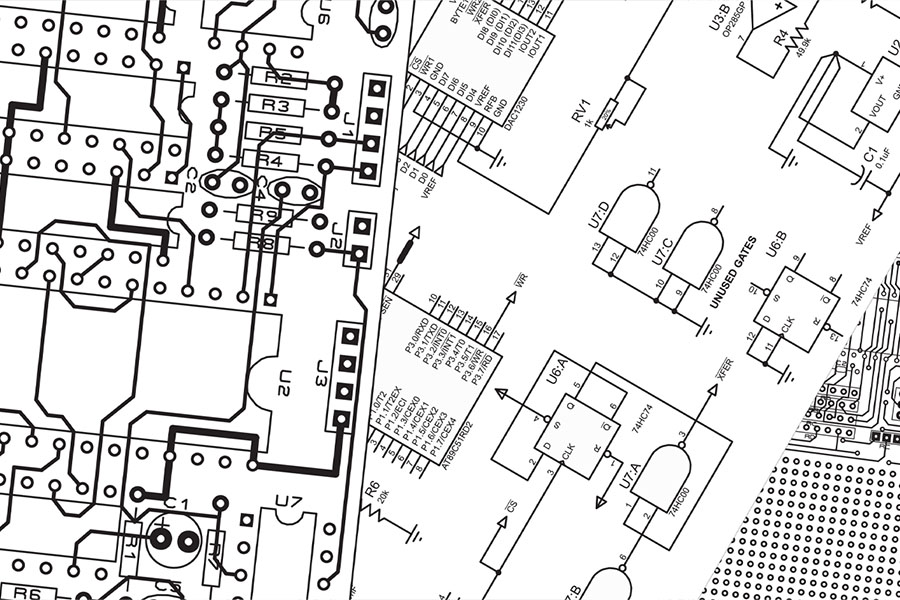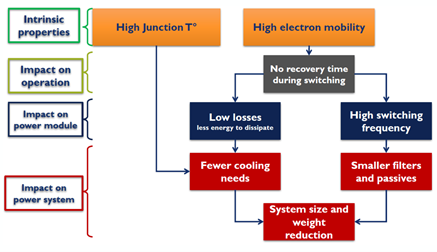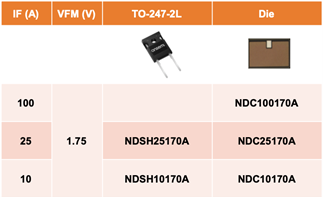Some of the newest applications are the most exciting for the future of our planet, but also among the biggest technical challenges we face. For example, solar power gives access to an unlimited source of energy but, for commercial success, designers must deliver greater power capability and increased efficiency without allowing costs or size to increase.
In the automotive world, electric vehicles (EVs) are now commonplace, yet uptake remains stifled due to concerns over available charging infrastructure, time taken to charge and the limited range. Here, designers are challenged with improving the electrical efficiency, size, and weight of the powertrain, including elements such as traction inverters and onboard chargers (OBC) – at an ever-reducing cost.
The Benefits of Silicon Carbide Devices
Since their invention, silicon-based semiconductor devices have been the mainstay of power applications. Improvements in performance, combined with innovation in power conversion topologies have ensured that efficiency levels have continued to advance, meeting the requirements of most applications.
However, there is little scope for further advances to meet the ongoing need for increased performance, leading to greater adoption of wide bandgap (WBG) semiconductors such as silicon carbide (SiC) and gallium nitride (GaN) in new applications.
SiC power semiconductors have inherently higher electron mobility and saturation velocity allowing relatively low loss operation at higher frequencies, which reduces the size and cost of bulky magnetic components in switching applications.
WBG devices also exhibit lower conduction losses which contribute to enhanced efficiency. This allows chargers to replenish batteries more quickly and reduces the cooling requirements, meaning that heatsinking can be smaller and cheaper. The need for heatsinking is further reduced by the ability of SiC to work at junction temperatures (Tj) as high as 175°C.
In the continued push for greater efficiency, applications are moving to higher voltages that reduce currents, with a corresponding reduction in losses. For example, the DC bus voltage in solar applications has increased from 600 V to 1500 V in the past few years. Similarly, the 400 VDC bus (based upon battery voltage) in EVs has migrated to 800 V or even 1000 V.
Until these changes, 750 V-rated silicon power semiconductors were adequate for almost all applications. However, devices with 1200 V or 1700 V ratings are necessary to ensure there is sufficient voltage withstanding for safe and reliable operation. Fortunately, a further benefit of SiC is its ability to operate at these voltages.
Modern Switching Devices Based on SiC Technology
Addressing this need for higher breakdown voltages in key applications such as automotive and solar, onsemi recently released their 1700V M1 planar EliteSiC MOSFET devices that are ideally suited to fast-switching, high-efficiency operation.
Among the first devices to be commercially available, the NTH4L028N170M1 has a VDSS of 1700 V, an extended VGS of -15/+25 V, and a typical RDS(ON) value of just 28 mÙ, making it suitable for the highest battery voltages currently in use. The ability to operate continuously at junction temperatures up to 175°C, reduces the need for cooling measures such as fans (which can be unreliable) or heatsinks. In some applications, the need for additional cooling can be eliminated entirely.
Another useful feature of the NTH4L028N170M1 is the Kelvin source connection within the TO-247-4L package that improves power dissipation and reduces noise on the gate pin.
To support the new MOSFETs, onsemi has also released their D1 range of 1700 V SiC Schottky diodes, including the NDSH25170A and NDSH10170A. The high voltage rating allows designs to benefit from additional voltage margin between VRRM and the peak repetitive reverse voltage which enhances reliability. Additionally, D1 Schottky diodes exhibit reduced values of maximum forward voltage (VFM) and excellent reverse leakage current which ensures reliable high-voltage operation, even at high temperatures.
The new diodes are available in a TO-247-2 package or as a bare die to suit the mechanical constraints of all applications.
Ensuring Supply of SiC Devices
Given the performance and popularity of SiC devices in high-volume and high-growth applications such as solar and EVs, it is not surprising that the global supply chain is somewhat stretched. In some cases, this has capped the number of solar installations or EVs that can be shipped, meaning that a manufacturer’s ability to supply is key in the component selection process.
onsemi recently acquired GT Advanced Technology (GTAT), and as a result, we are a large-scale SiC supplier with end-to-end capability, including volume boule growth, substrate, epitaxy, device fabrication, best-in-class integrated modules and discrete packaging solutions.
To meet the ongoing need for SiC devices, onsemi’s roadmap features significant increases in substrate, device and module capacity by 2024 – with even more ambitious plans for the medium term.










